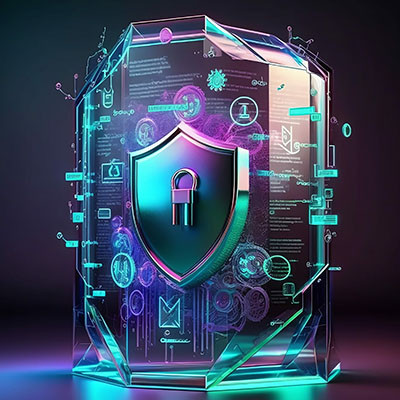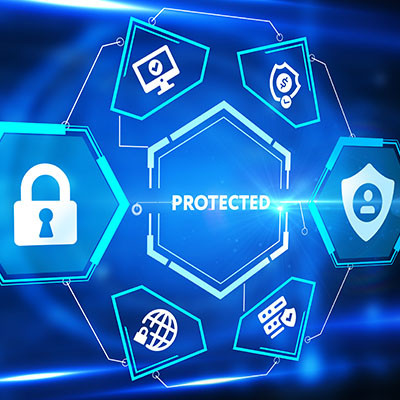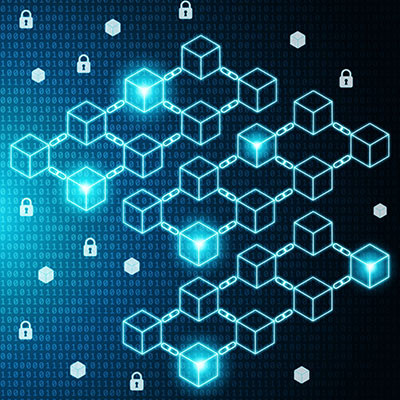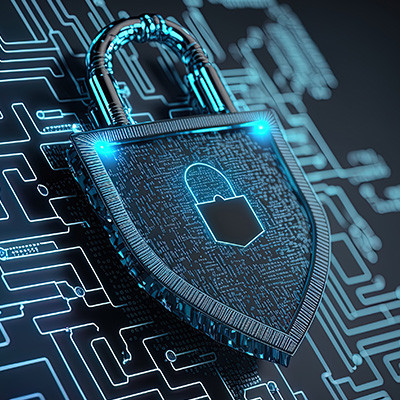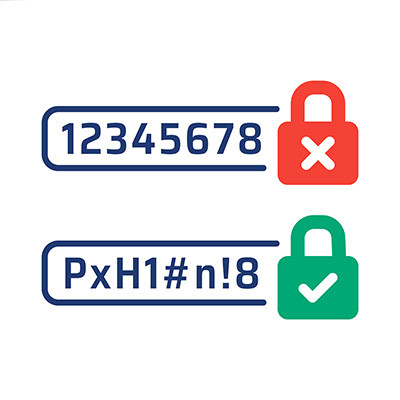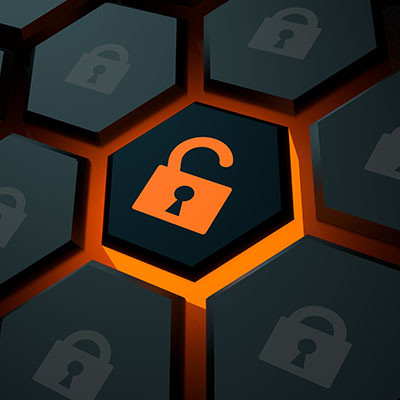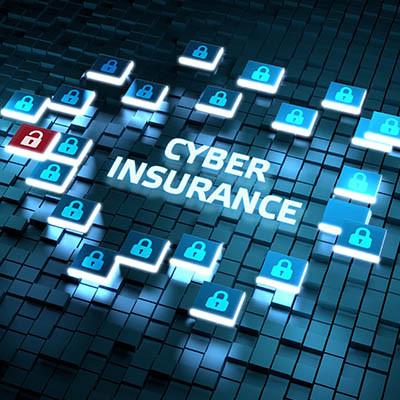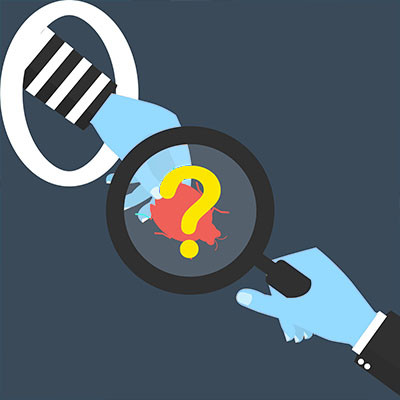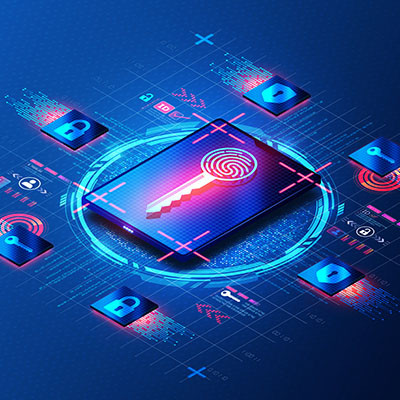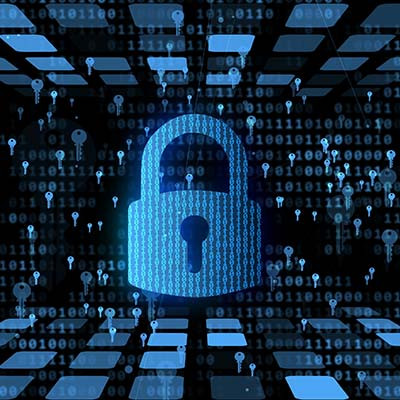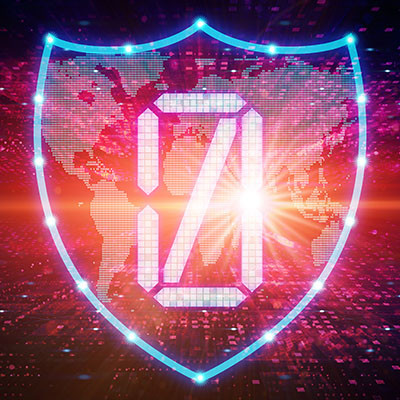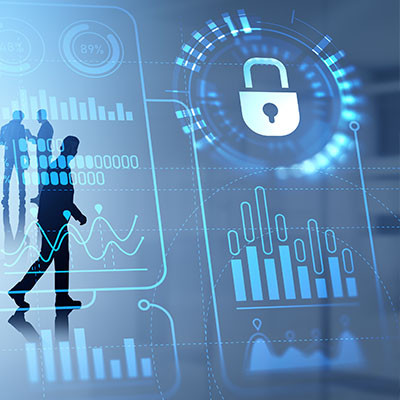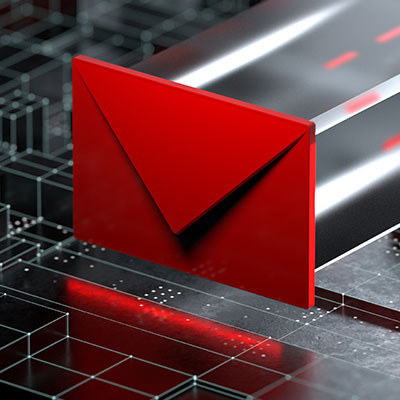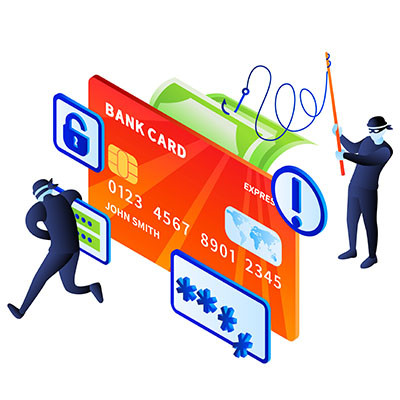Regardless of your industry, there are going to be certain regulatory standards that you will be responsible for upholding. Many of these standards will be related in some way to your cybersecurity. Let’s talk about some of these cybersecurity standards, and why compliance is so critical for your business.
Apex Technology Blog
The blockchain has been a hot topic in the past few years, if only tangentially. With all the buzz around cryptocurrencies, it can be easy to forget about the underlying technology that powers it and its other applications. Let’s pivot to these other applications for a moment and discuss how the blockchain could potentially be involved with security needs at some point in the future.
The modern threat landscape is vast and unpredictable, and even if you think you know enough about cybersecurity to protect your business, we bet that you don’t. It’s not even just in the business world, either; individuals also struggle against cyberthreats, and so too do IT administrators. The next couple of weeks will be dedicated to cybersecurity to get across everything you need to know about it.
For a long time, businesses that didn’t have any cybersecurity problems would never consider investing in additional cybersecurity tools. The decision-makers of these companies simply didn’t find it necessary; and many of them had a point (until they didn’t). Today’s threat landscape is much, much more complex than it was only a few short years ago and therefore businesses need to make a point to set up the security tools that will help them secure their network and infrastructure from threats. Let’s take a look at some strategies that work to help modern businesses secure their digital resources:
Simple passwords are often the bane of a business’ existence. If you routinely use strings like Password, 123456, Guest, or Qwerty to secure an account, then you need to reexamine your password practices before they lead to a data breach. A good password can go a long way toward helping you in this effort.
We get it—nobody likes to think about the prospect of being impacted by a cybersecurity incident, but it’s like any other unpleasant event in that it is best to prepare for it. In fact, today’s businesses can invest in a cyber insurance policy to help prepare for such an eventuality.
Let’s go over some of the ins and outs of cyber insurance so that you are prepared to make the best choice of provider for your business.
With so many threats out in the world, it’s no surprise that some of them target undiscovered vulnerabilities. These types of threats use what are called zero-day exploits to make attempts at your sensitive data and technology infrastructure. What is it about zero-day exploits that you must keep in mind during your day-to-day operations and in planning for the future?
Let me ask you a question: how much did you pay Google for your Business Profile? Unfortunately, if the answer was anything other than “nothing,” you’ve been scammed. Google has actually announced that they are taking legal action against scammers who impersonated the company in order to defraud small businesses.
We aren’t going to try and pretend that the investments necessary to preserve your business’ data security are small ones. Especially at first glance, you may very well start to question if such an investment is truly necessary.
The simple fact of the matter is that, compared to the costs that a breach of privacy will incur, the investment you put into your security measures will suddenly seem like a real bargain.
With countless threats out there waiting for IT professionals to slip up, it’s no small wonder that many of these professionals are opting into what is called a zero-trust policy for their security standards. So, what exactly is a zero-trust policy, and more importantly, how is it so effective at mitigating security problems in organizational computing?
When it comes to your business’ cybersecurity, it can be too tempting to operate under the assumption that the few cybersecurity events you hear about on the news are all that happen. Unfortunately, this is far from actual fact. Let’s review some of the statistics that might change your impressions, especially if you hold the aforementioned assumption.
Sometimes the worst scams out there are the simplest ones. Hackers don’t need a fancy or complicated malware or algorithm to create chaos for your organization; all they have to do is convince you that the email you’ve received in your inbox is from someone of authority within your business. Let’s go over how a business email compromise is pulled off and why you need to be wary of threats like these.
No matter how well you protect your network, chances are you’ll suffer from some vulnerability or another. That said, you can take considerable measures toward protecting your business so you don’t have to worry so much about them. Let’s discuss how your efforts today can protect your business now and in the future.
Due to the almost faceless nature of many cybercrime acts, it can be easy to see them as nothing more than the acts themselves, which is of course not true in the slightest. Behind these attacks are people, and where people performing illegal acts are concerned, there will always be concerns about other criminal acts which perpetuate the ones at the surface.
Even if mobile malware doesn’t have nearly as much of a presence in the cyber threat landscape as other major threats like ransomware variants, it is still just as dangerous under the right circumstances. An Android banking malware called Sova, for example, has returned with a vengeance with additional features to make users’ lives miserable.
Imagine this scenario: you’re going about your daily tasks when you receive an email from a cybersecurity company claiming that you have become the target of a hacking attack. Now, you don’t work in IT, so you’re not sure what your security agency is or what security policies or procedures you have in place, so you trust the message and respond to the email. Unfortunately, the message came from a cyberthreat, and now you are on their hook, line and sinker.
Mobile devices have become a key part of our daily lives, to the point that many of us openly feel undressed without our phones. As a result, our phones go everywhere with us. However, it’s important to remember that some applications have requested access to our location information. Do all of these apps need to know precisely where we are?

